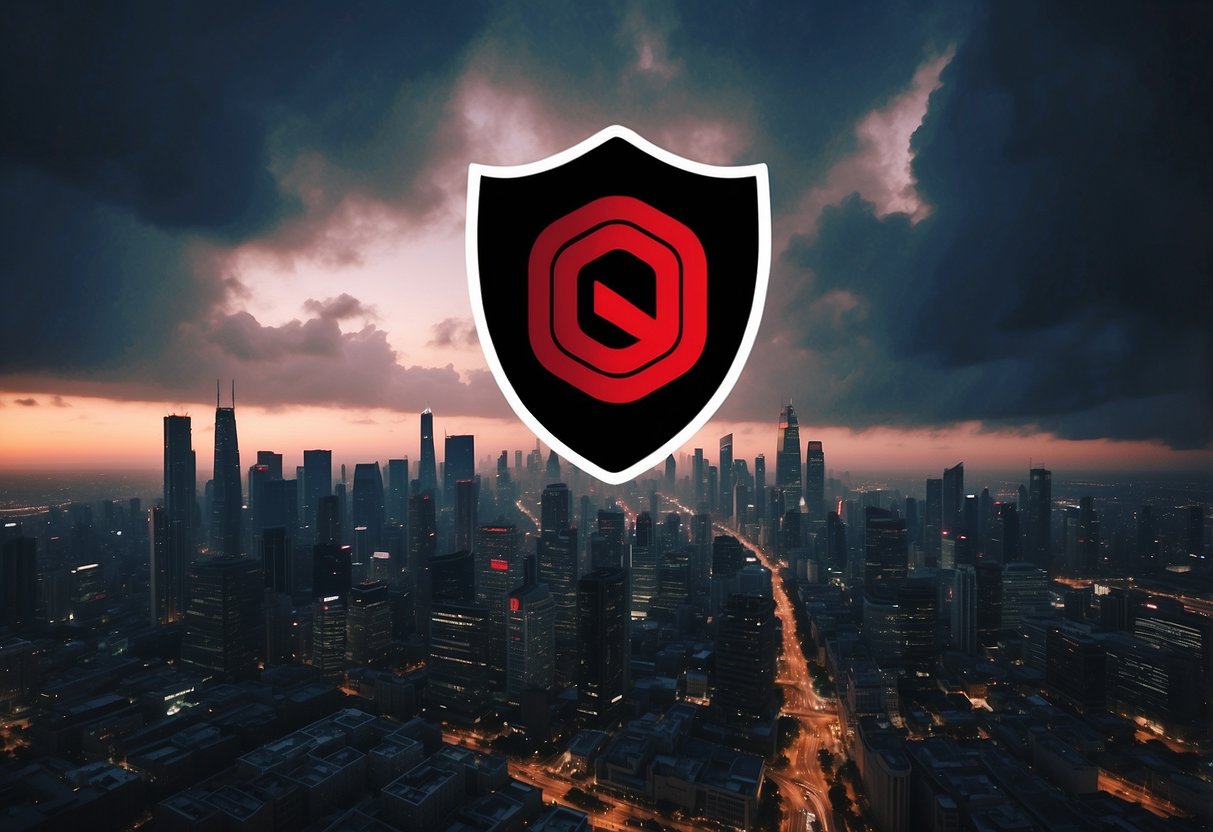
As we advance through 2024, the landscape of cybersecurity continues to evolve at a rapid pace. Businesses and individuals alike are navigating an increasingly complex digital terrain where threats are becoming more sophisticated. Staying informed about the latest cybersecurity risks is essential to safeguarding sensitive information and maintaining operational integrity.
This article aims to highlight the most pressing cybersecurity threats that everyone should be aware of this year. By understanding these potential dangers, readers can better prepare and defend against various cyber-attacks, ensuring that their digital assets remain secure.
1. Phishing Attacks
Phishing attacks remain a significant cybersecurity threat in 2024. These attacks involve tricking individuals into revealing sensitive information such as usernames, passwords, and credit card numbers.
Phishing emails often appear legitimate, using familiar logos and language to deceive recipients. Attackers may pose as trusted organizations or contacts, increasing the likelihood of success.
Spear phishing, a more targeted form, focuses on specific individuals or organizations. This method often uses personalized information to make the deception more convincing and harder to detect.
Another variant to watch out for is smishing, which involves sending phishing messages via SMS. These messages prompt recipients to click on malicious links or provide personal information.
Phishing content can also be delivered through social media platforms. Attackers may use accounts that seem like genuine profiles to gain trust and gather information.
Preventive measures include educating users about recognizing phishing attempts. Multi-factor authentication adds an extra layer of security, making it harder for attackers to access sensitive information.
Organizations should also implement email filtering systems to catch and quarantine potential phishing emails before they reach employees. Regular software updates and security patches are vital in preventing vulnerabilities that could be exploited.
Monitoring and responding quickly to reported phishing attempts can minimize the damage caused by successful attacks.
2. Ransomware
Ransomware remains a significant threat in 2024. Cybercriminals use this type of malware to encrypt a victim’s data, demanding payment for the decryption key. With increased sophistication, these attacks can cripple businesses, cause financial losses, and damage reputations.
In recent years, ransomware attacks have targeted critical infrastructure, healthcare systems, and educational institutions. These sectors are especially vulnerable due to outdated security systems and the critical nature of their operations.
Attackers often gain access through phishing emails, exploiting software vulnerabilities, or using malicious downloads. Once inside, they rapidly spread through the network, encrypting files and locking users out of their systems.
Organizations must employ robust cybersecurity measures to protect against ransomware. Regular backups, patch management, and employee training are essential steps. Additionally, using advanced threat detection tools and encryption can help mitigate the risks.
Paying the ransom is not recommended, as it encourages further criminal activity and does not guarantee data recovery. Instead, focusing on prevention and preparedness can significantly reduce the impact of potential attacks.
Governments and cybersecurity agencies worldwide continue to develop strategies and regulations to combat ransomware. Collaboration between the public and private sectors is crucial to enhance resilience and create a united front against these threats.
By staying informed and vigilant, individuals and organizations can better prepare for and defend against ransomware attacks.